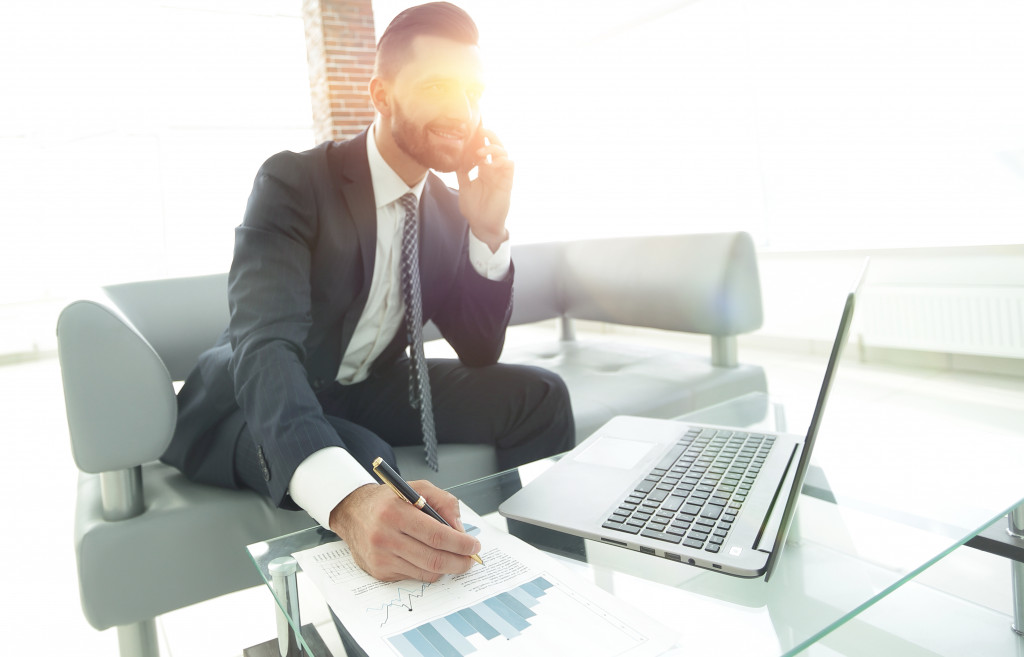It’s the start of another decade and with it, come new trends. Towards the end of the last decade, there has been growing focus on workplace safety. This is because organizations have come to realize the many significant benefits of workplace safety.
Safe workplaces promise a consistent and reliable workforce, and therefore, productivity. A preventative approach to safety is also the more cost-effective way to go about it. For most businesses, people are the most important resource. A safe workplace is also more preferable for the workers. Because of this employee retention and engagement are positively affected as well.
This topic has become even more important with the continuing global outbreak of the coronavirus. To learn more about this subject, here are the 2020 trends for workplace safety.
A More Holistic Approach
Employers now recognize that safety doesn’t only mean preventing injuries in the workplace. This means, workplace safety will also take into account the physical, mental, emotional, and social health of employees. This is because physical health is not the only factor affecting work. In fact, according to Corporate Wellness Magazine, a lack of focus on mental health in the workplace alone can cause productivity loss due to issues including absenteeism and job abandonment.
Some organizations have already started incorporating programs to reflect this trend like free mental health consultations, healthier food options in cafeterias, and more robust support systems for social issues. Sometimes, these new programs and policies even extend to when the workers are off-the-clock or in their homes. This way, safety is more than just a means to avoid liability but also something to promote an overall healthier atmosphere at work.
A More General Responsibility
Because of the incorporation of different facets of health and well-being to workplace safety, the specialists that used to handle various areas of the matter are also becoming more and more generalist in their approach. As Occupational Health and Safety in the US points out, people assigned to specific facets of safety — fire, environment, security, and others — are now being trained to handle a wide array of safety responsibilities as well. This streamlines responses and prevention measures.
Features and Fixtures
One of the biggest trends in workplace safety this year so far is having the right facilities for workers to maintain hygiene. This means having sanitation stations set up across work areas. This is especially useful during the pandemic, but it’s a trend that’s most likely to stay.
Personal protective equipment is also an important part of today’s workplace. This doesn’t only mean face masks against the virus. This includes gear such as high-visibility jackets, insulator gloves, hard hats, or whatever gear an industry requires.
If there wasn’t enough emphasis on these features and fixtures before, that is already changing.
Technology

Like everything else in the digital age, technological innovations have been making workplace safety better through various means. One of the most notable, however, is the focus on predictive analytics using an abundance of workplace safety data. By using machine learning and artificial intelligence, problematic areas in workplace safety can be pinpointed and addressed. Although this is still a growing field, many organizations around the world have already adopted it.
Workplace safety has arguably become more important at the turn of the 21st century. It will likely continue this trend.







